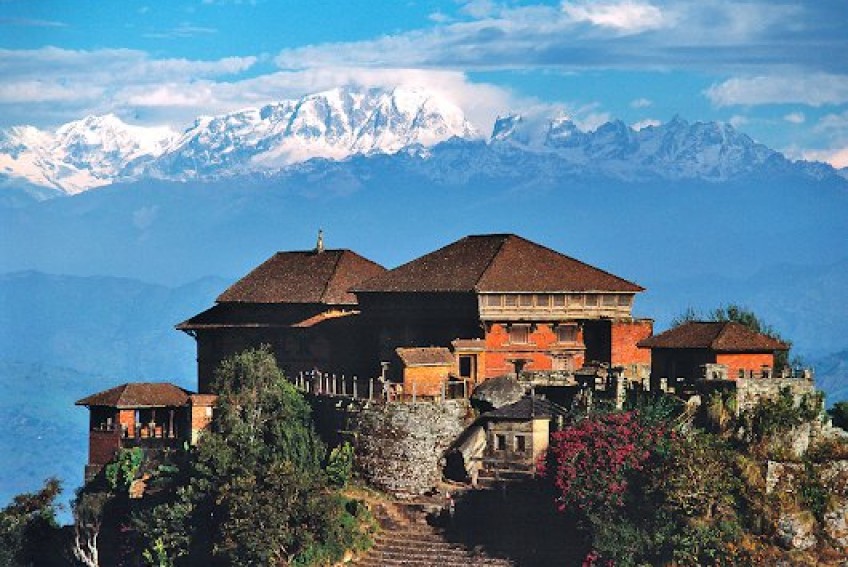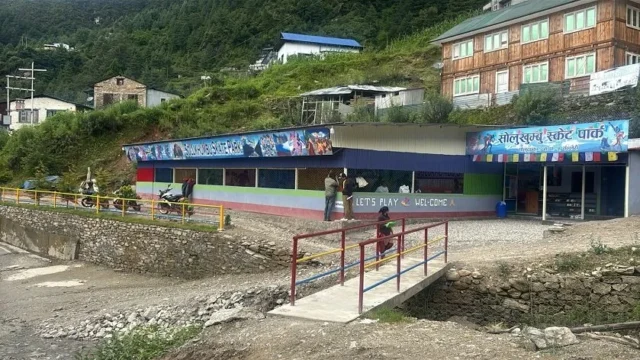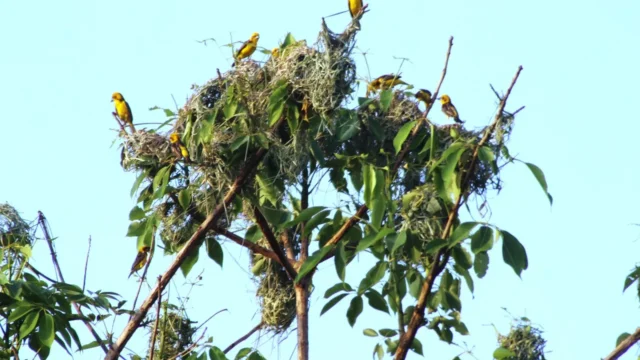Gorkha Durbar stands as a cultural treasure, deeply intertwined with Nepal’s rich history and heritage, and now plays a pivotal role in connecting tourism in the region. Located in the picturesque Gorkha district, this historic palace complex holds significant historical and architectural value, attracting visitors from around the world.
The Durbar, perched atop a hill overlooking the majestic Himalayan ranges, offers visitors a glimpse into Nepal’s royal past. Constructed in the 16th century by King Ram Shah, the Durbar served as the ancestral seat of the Shah dynasty, from where King Prithvi Narayan Shah, the unifier of modern Nepal, embarked on his mission to unify the fragmented kingdoms into a single nation.
Tourists exploring Gorkha Durbar are treated to a blend of religious and cultural landmarks, including the iconic Gorakhnath Temple dedicated to Guru Gorakhnath, revered by both Hindus and Buddhists. The temple’s architecture, adorned with intricate wood carvings and ancient sculptures, reflects the artistic prowess of Nepal’s craftsmen from centuries past.
Visitors can also wander through the palace courtyards, marvel at the ancient cannons, and admire the panoramic views of the surrounding valleys and mountains. The Durbar’s strategic location not only provides breathtaking vistas but also serves as a testament to Nepal’s historical resilience and strategic importance.
In recent years, efforts have been made to enhance the tourism experience at Gorkha Durbar, with improved infrastructure, guided tours, and preservation initiatives. The site now serves as a cultural hub, hosting festivals, cultural events, and educational programs that celebrate Nepal’s diverse heritage and promote local traditions.
Tourism in Gorkha Durbar not only enriches the visitor experience but also contributes to the local economy, supporting livelihoods through hospitality services, handicraft sales, and community-led initiatives. As Nepal continues to promote sustainable tourism practices, Gorkha Durbar remains a shining example of historical preservation and cultural heritage promotion, inviting travelers to discover the essence of Nepal’s past while contributing to its future.





